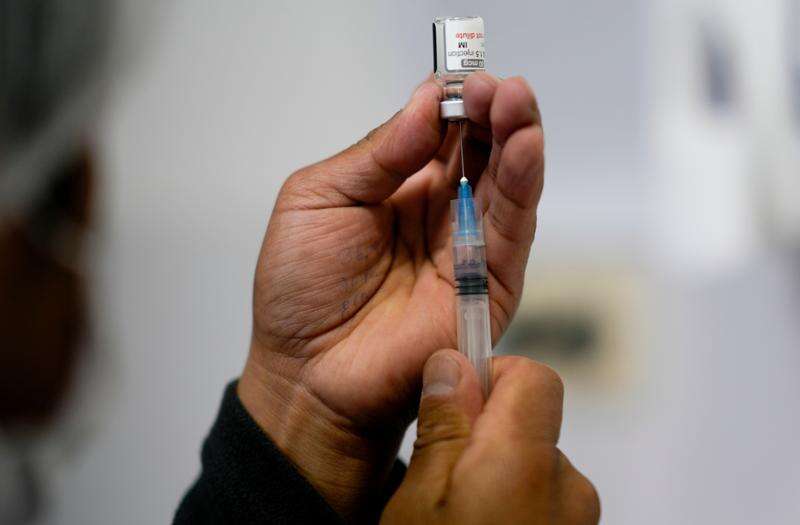A novel treatment known as dordaviprone has been granted accelerated approval by the U.S. Food and Drug Administration (FDA) for patients suffering from recurrent diffuse midline gliomas (DMG) with the H3K27M mutation. This medication stands out due to its dual mechanism of action, providing a new therapeutic avenue for a challenging cancer.
Dordaviprone works by targeting two critical biological pathways. It acts as an antagonist of dopamine receptors D2 and D3, which impedes the signaling pathways necessary for glioma cell survival. In addition, it serves as an agonist for the mitochondrial protease CLPP, prompting the degradation of mitochondrial proteins. This process activates the integrated stress response and leads to metabolic disruptions, ultimately inducing apoptosis in cancer cells.
The FDA’s decision for accelerated approval was based on pooled data from four clinical trials and one expanded access protocol, involving approximately 50 patients who had recurrent DMG and had previously failed radiotherapy. As a single-agent treatment, dordaviprone demonstrated an objective response rate of about 20% according to high-grade RANO criteria. Notably, patients who responded to the treatment experienced durable benefits, with some maintaining these improvements for nearly a year or longer.
Clinical outcomes showed that patients also benefited from reduced steroid dependence and improved performance status. Despite these advances, the majority of patients—around 60%—continued to experience disease progression, highlighting the necessity for further research and more effective treatment options.
Currently, dordaviprone is prescribed exclusively for patients with recurrent disease following radiotherapy, in accordance with its FDA label. Its safety profile appears favorable, with fatigue being the most commonly reported adverse effect, typically low-grade and manageable. The convenience of once-weekly oral dosing allows patients to maintain their daily routines, which is critical in managing a disease known for its limited survival prospects.
As physicians navigate treatment plans for DMG, they are advised to act swiftly when progression is suspected, even in subtle radiographic findings. The tolerability of dordaviprone and its potential benefits make it a compelling option for this patient population.
Looking ahead, the results of ongoing phase III trials will be crucial in determining whether dordaviprone can be integrated earlier in treatment regimens, potentially serving as a maintenance therapy following initial radiation. This could transform the current approach to managing recurrent H3K27M-mutant DMG, offering renewed hope to patients and their families.







